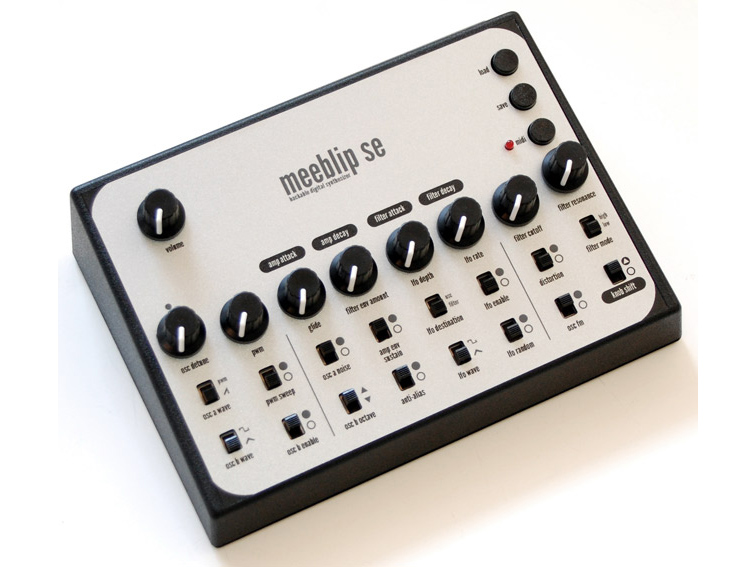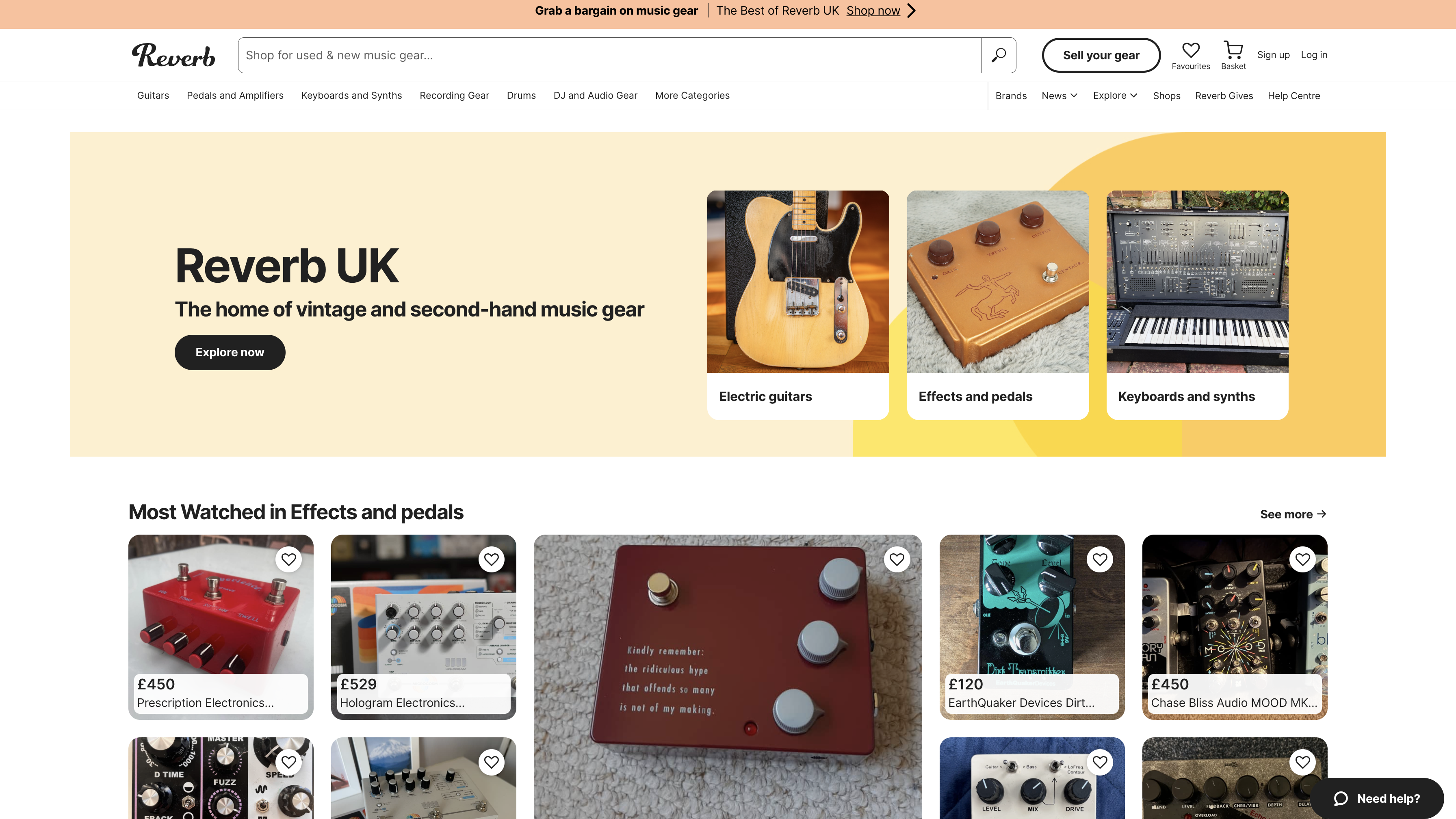MeeBlip SE: the affordable, Open Source DIY synth

Compact hardware synths are very much flavour of the month, but few are as small and affordable as the Open Source MeeBlip, which comes courtesy of Create Digital Music and Reflex.
Now we have a new version - the MeeBlip SE - to consider, which adds new features, an improved layout, enhanced MIDI compatibility and patch storage.
The MeeBlip SE is digital rather than analogue, but $149.95 ($139.95 until 31 March) gets you a synth that you can build yourself with no soldering required. Alternatively, you can buy a kit that needs soldering in order to be assembled for $129.95 ($119.95 until 31 March).
Finally, there's a special version for hackers that comes without switches and knobs and can form the basis of your own synth. This costs $39.95.
You can order a MeeBlip SE online now - here's what its creators have to say about it in comparison to the original MeeBlip.
MeeBlip SE
A more intuitive, playable control layout. The changes are subtle, but after lots of conversations with users, we worked to make each knob and switch the choice we liked best. (Of course, you can still modify those choices via our open source firmware, if you like.)
Patch storage. Sure, it was a bit more "pure" never being able to store patches, but this is a digital synth, after all. Now, you can save and recall up to 16 patches right on the MeeBlip, using dedicated front panel load and save buttons. It's especially nice for live performance.
Get the MusicRadar Newsletter
Want all the hottest music and gear news, reviews, deals, features and more, direct to your inbox? Sign up here.
Variable pulse width. Instead of a fixed square wave, you can now use the dedicated PWM knob to adjust the timbre of the first oscillator. There's also a "pwm sweep" switch for enabling an automated PWM envelope, of which we've grown rather fond. Hello, thick synth leads.
Anti-aliasing. You can now use more pristine anti-aliased waveforms, or turn this off for other timbral effects. It gives you another option for coloring the MeeBlip's sound.
Control everything with MIDI. It's simple: if there's a sound parameter in the MeeBlip, there's a switch or knob to play with it. And now, the reverse is true, too: if you see a switch or knob, you can control it via MIDI. At last, you can use a tracker or sequencer to program detailed MeeBlip sounds.

I’m the Deputy Editor of MusicRadar, having worked on the site since its launch in 2007. I previously spent eight years working on our sister magazine, Computer Music. I’ve been playing the piano, gigging in bands and failing to finish tracks at home for more than 30 years, 24 of which I’ve also spent writing about music and the ever-changing technology used to make it.









